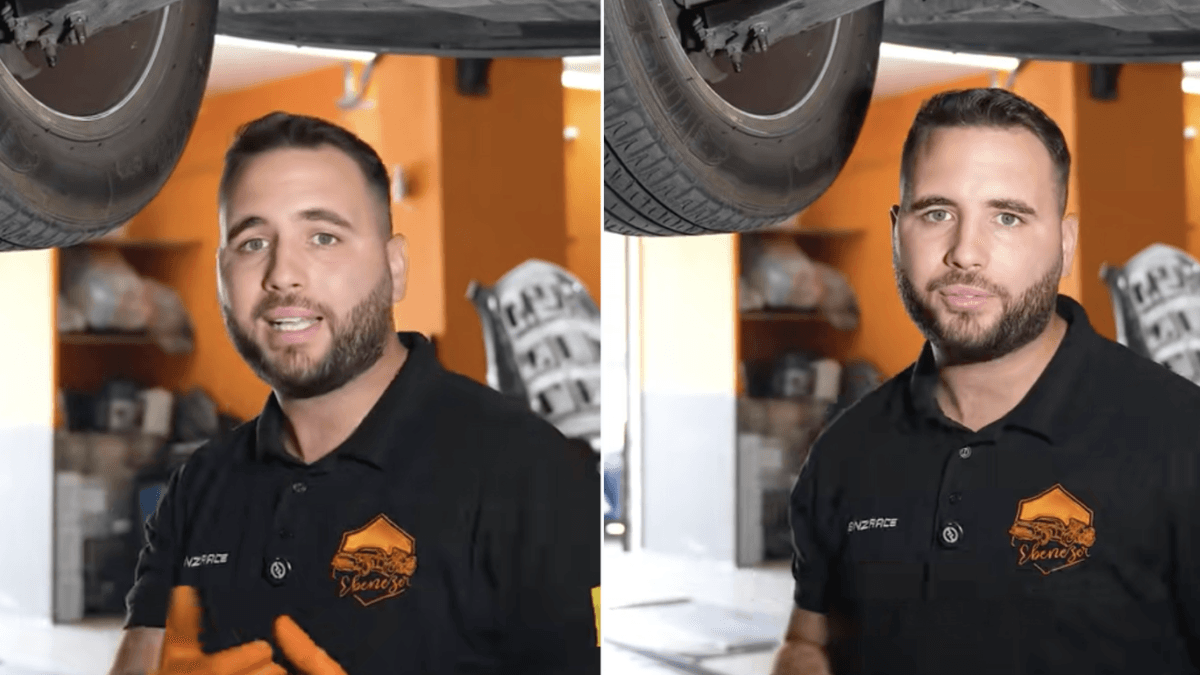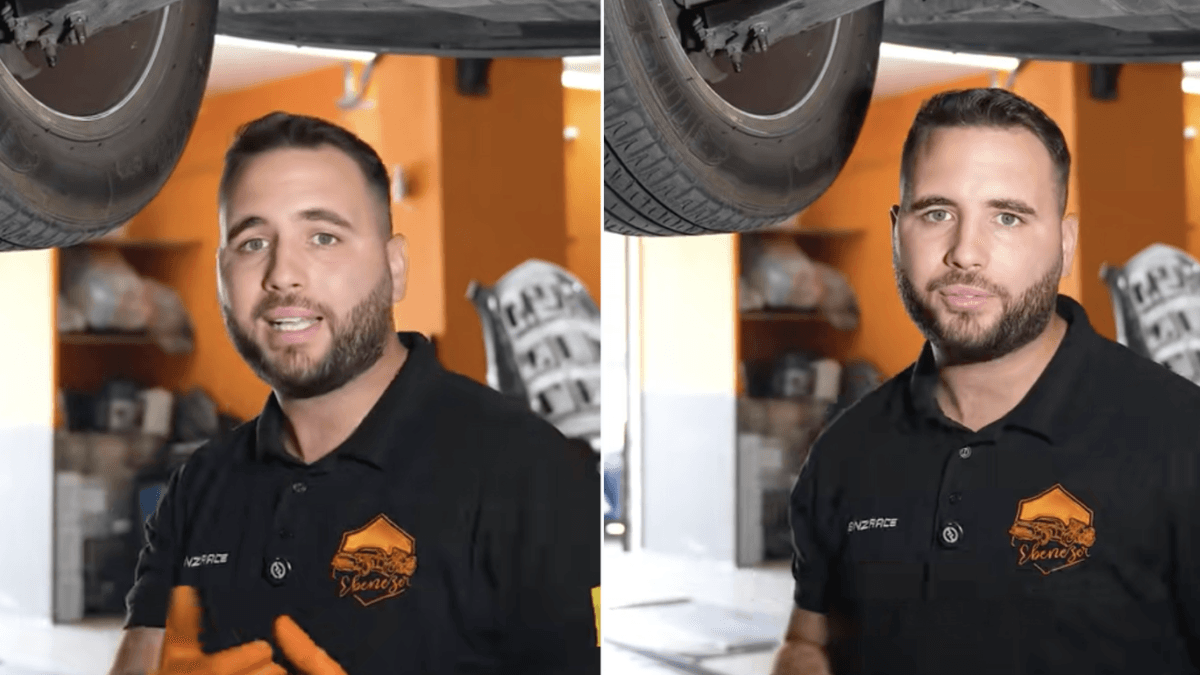Juan José, mechanic: “If you don't do the alignment properly, you can ruin the tire and then the bill will be very expensive.”

Detecting an axle alignment fault early can prevent a costly breakdown. Although it may seem like a minor adjustment, poor alignment can cause abnormal tire wear, deform the tire, and even render the car unusable if not corrected promptly. And all this without the driver even realizing it until it's too late.
Juan José , a mechanic and workshop manager who posts as @talleresebenezer on TikTok, explains the case in detail while showing the affected wheel: "If you don't do the alignment correctly, you can ruin the tire and then the bill will be very expensive." In his video, he describes how a ball joint that was too far removed from the axle caused this friction when turning the wheel while parking or maneuvering.
The mark you see around the rim is the result of repeated friction against the lower suspension. Sometimes the cause is a poorly executed previous repair or a part that has given way; other times, it's simple dents or accumulated wear. As the wheel turns, this small contact turns into constant abrasion that eventually destroys the rim.
The problem is that the warning that should save you (the noise) doesn't always alert you in time. If you don't hear the squeak or scrape, the tire continues to work against the metal part until it deforms or cracks. And when that moment arrives, the repair ceases to be a simple alignment and becomes a much bigger expense.
On older cars, replacing a tire or part can be relatively inexpensive. On modern models, however, specific parts, sensors, and tires can cost a fortune. An unnoticed alignment error can turn a simple repair into several repairs: shock absorbers, ball joints, geometry, new tires, and, in some cases, bodywork or replacement of electronic components related to the suspension.
To avoid this, professionals recommend checking the alignment every time the car is hit, after suspension changes, or after work on the front axle. Detecting uneven tread wear, the steering wheel jerking to one side, vibrations while driving, or noises when turning are all signs that shouldn't be ignored.
Checking the alignment is simple and quick in a properly equipped workshop. Plus, clearing up any doubts prevents a minor oversight from turning into a hefty bill. Juan José emphasizes practicality: regular checkups, relying on reputable workshops, and never skimping on a check after any axle work.
lavanguardia





